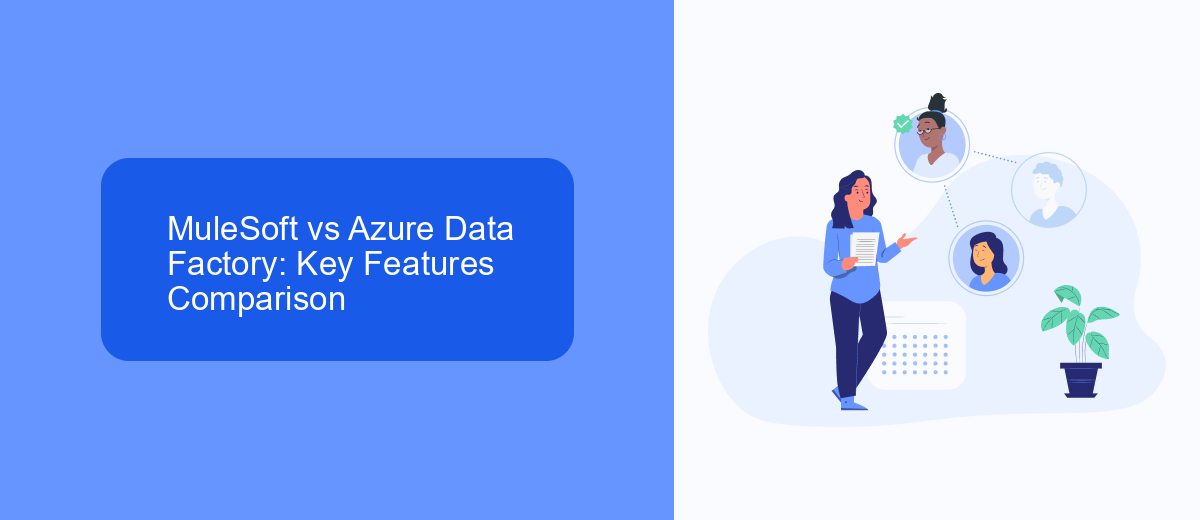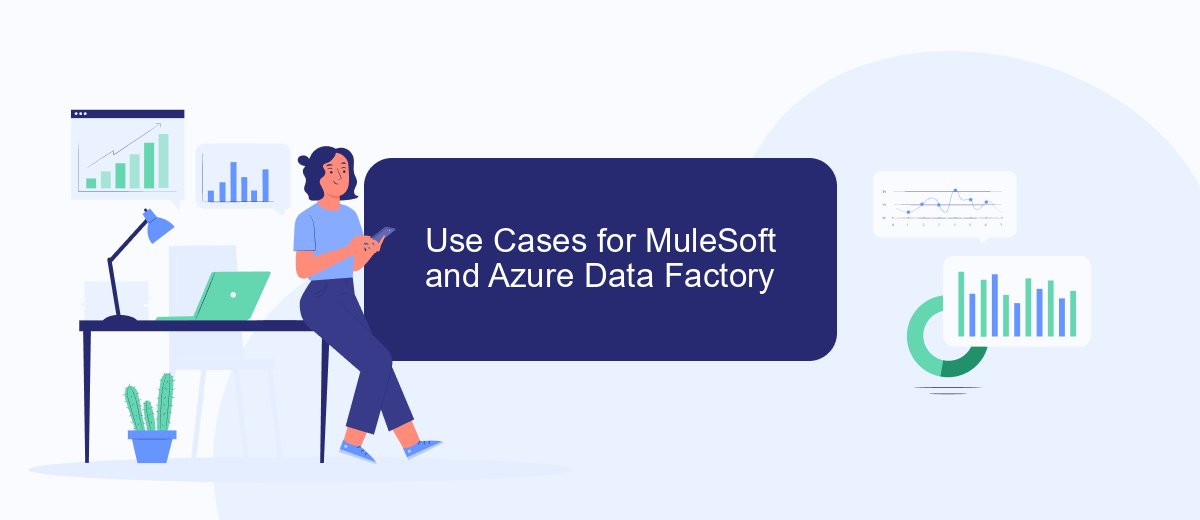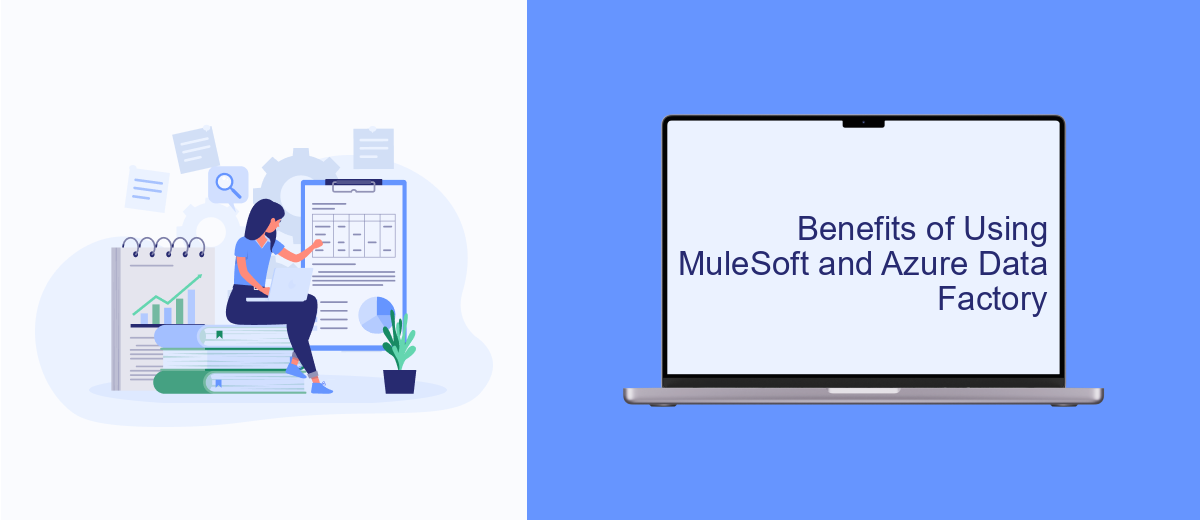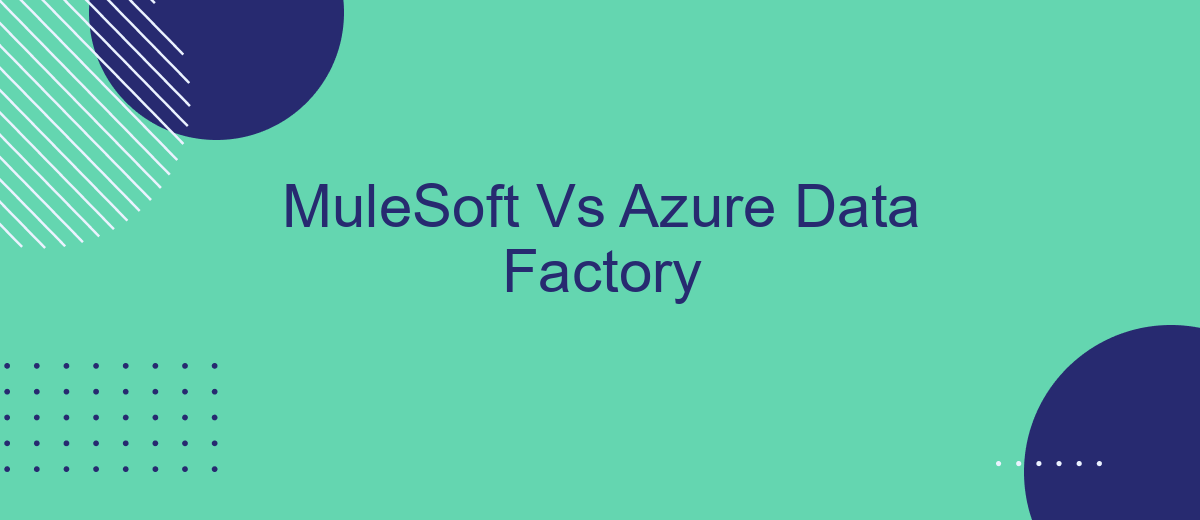In today's data-driven world, businesses rely heavily on robust integration platforms to streamline their operations. MuleSoft and Azure Data Factory are two leading solutions that offer powerful capabilities for data integration and transformation. This article delves into a comparative analysis of these platforms, examining their features, strengths, and use cases to help you determine which is best suited for your organization's needs.
Introduction
In today's rapidly evolving digital landscape, businesses require robust data integration solutions to seamlessly connect various applications and services. MuleSoft and Azure Data Factory are two prominent platforms that cater to these needs, offering a range of tools to streamline data workflows and enhance operational efficiency.
- MuleSoft: Known for its Anypoint Platform, MuleSoft provides a unified solution for API management, data integration, and connectivity.
- Azure Data Factory: A cloud-based data integration service from Microsoft, designed for orchestrating data movement and transforming data at scale.
Both platforms have their unique strengths and use cases, making the choice between them dependent on specific business requirements. Additionally, services like SaveMyLeads can further simplify integration processes by automating lead data transfer between various applications, enhancing the overall efficiency of marketing and sales operations. This article will delve into the key features, benefits, and differences of MuleSoft and Azure Data Factory to help you make an informed decision.
MuleSoft vs Azure Data Factory: Key Features Comparison

MuleSoft and Azure Data Factory are both powerful tools for data integration, but they offer different key features. MuleSoft is known for its robust API-led connectivity approach, enabling seamless integration across various applications, data sources, and devices. It offers a rich set of connectors and pre-built templates, which simplify the integration process. MuleSoft's Anypoint Platform provides a unified solution for API management, design, and analytics, making it easier to manage the entire lifecycle of APIs.
On the other hand, Azure Data Factory is a cloud-based data integration service that allows you to create, schedule, and orchestrate data pipelines. It excels in handling large-scale data transformation and movement with its extensive support for various data sources, including on-premises and cloud-based systems. Azure Data Factory integrates well with other Azure services, providing a cohesive environment for data engineering tasks. For those seeking automated integration solutions, services like SaveMyLeads can complement these platforms by offering pre-configured integrations, reducing the need for manual setup and ensuring smoother data flows.
Use Cases for MuleSoft and Azure Data Factory

MuleSoft and Azure Data Factory are powerful tools designed for different integration and data orchestration needs. MuleSoft is ideal for connecting various applications, data sources, and APIs, while Azure Data Factory excels in data integration and transformation workflows.
- Real-time Data Integration: MuleSoft is well-suited for real-time data integration scenarios, where immediate data synchronization between applications is crucial.
- ETL Processes: Azure Data Factory is perfect for ETL (Extract, Transform, Load) processes, allowing users to efficiently move and transform large volumes of data across various data stores.
- API Management: MuleSoft offers robust API management capabilities, making it ideal for organizations that need to create, secure, and manage APIs across their digital ecosystem.
- Data Migration: Azure Data Factory is highly effective for data migration tasks, enabling seamless transfer of data from on-premises to cloud environments.
- Workflow Automation: Both MuleSoft and Azure Data Factory can automate complex workflows, but MuleSoft's ability to integrate with services like SaveMyLeads enhances its automation capabilities by connecting marketing and CRM platforms.
In summary, choosing between MuleSoft and Azure Data Factory depends on the specific needs of your organization. MuleSoft is best for real-time integration and API management, while Azure Data Factory excels in ETL processes and data migration tasks.
Benefits of Using MuleSoft and Azure Data Factory

MuleSoft and Azure Data Factory are two powerful tools designed to streamline data integration and transformation processes. Each offers unique benefits that cater to different business needs, making them valuable assets for organizations aiming to enhance data management capabilities.
MuleSoft provides a robust platform for connecting various applications, data sources, and APIs. It excels in real-time data integration, ensuring seamless communication across systems. Azure Data Factory, on the other hand, is a cloud-based data integration service that enables the creation of data-driven workflows for orchestrating and automating data movement and transformation.
- Comprehensive integration capabilities
- Scalability to handle large volumes of data
- User-friendly interfaces for ease of use
- Support for a wide range of data sources and formats
- Advanced security and compliance features
Additionally, services like SaveMyLeads can complement these platforms by providing pre-built integrations that simplify the process of connecting various apps and services. This can significantly reduce the time and effort required to set up and maintain integrations, allowing businesses to focus on leveraging their data for strategic decision-making.
Conclusion
In conclusion, both MuleSoft and Azure Data Factory offer robust solutions for data integration and ETL processes, each with its unique strengths. MuleSoft excels in providing a comprehensive API-led connectivity approach, making it ideal for organizations looking to build a unified ecosystem with seamless API integrations. On the other hand, Azure Data Factory is a powerful cloud-based ETL service that integrates well with the Azure ecosystem, making it a preferred choice for enterprises already invested in Microsoft technologies.
When choosing between MuleSoft and Azure Data Factory, it is essential to consider your organization's specific needs, existing infrastructure, and long-term data strategy. Additionally, leveraging complementary tools like SaveMyLeads can further enhance your integration capabilities by automating data workflows and streamlining lead management processes. Ultimately, the right choice will depend on your unique requirements and how each platform aligns with your business goals.
FAQ
What are the primary differences between MuleSoft and Azure Data Factory?
Which tool is better for real-time data integration?
Can I use both MuleSoft and Azure Data Factory together?
How do these tools handle error logging and monitoring?
Are there simpler alternatives for small to medium-sized businesses?
What do you do with the data you get from Facebook lead forms? Do you send them to the manager, add them to mailing services, transfer them to the CRM system, use them to implement feedback? Automate all of these processes with the SaveMyLeads online connector. Create integrations so that new Facebook leads are automatically transferred to instant messengers, mailing services, task managers and other tools. Save yourself and your company's employees from routine work.
